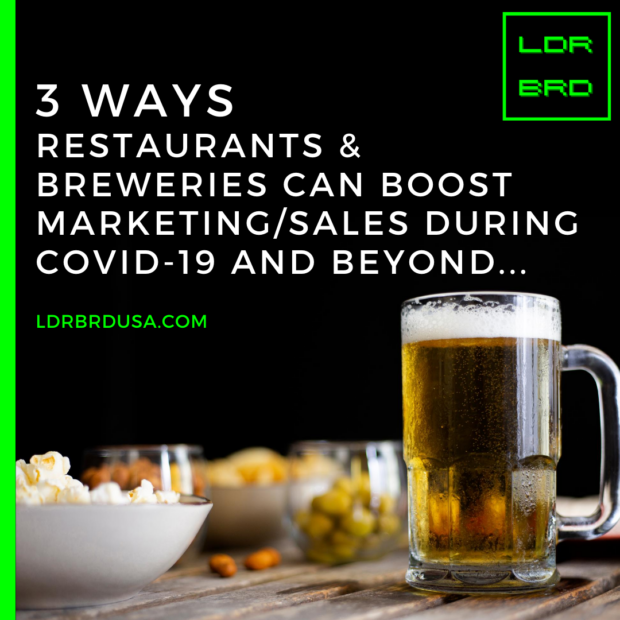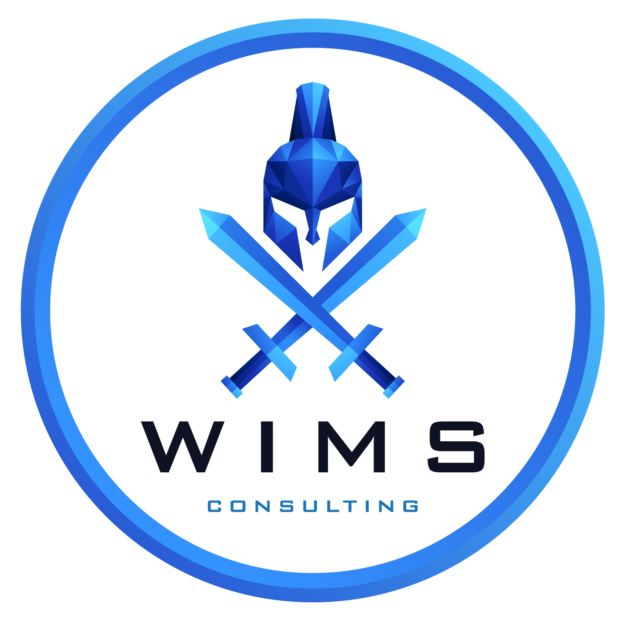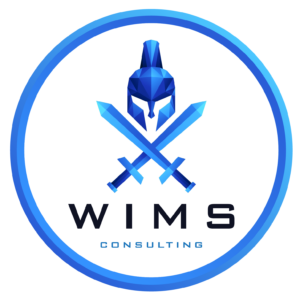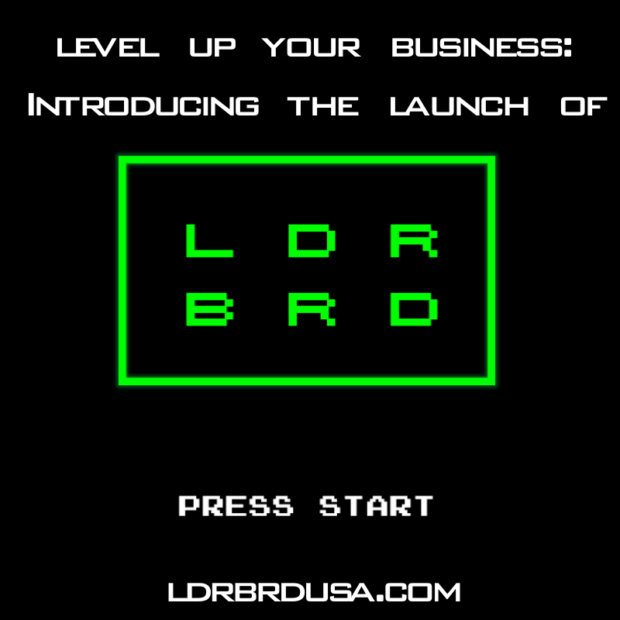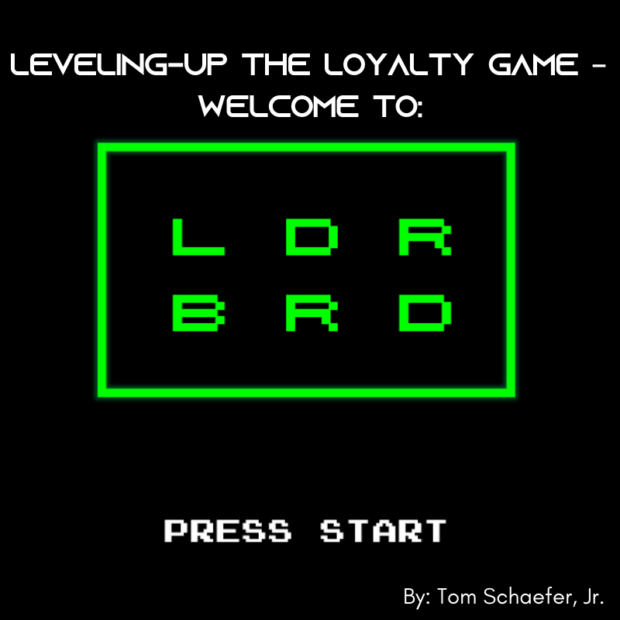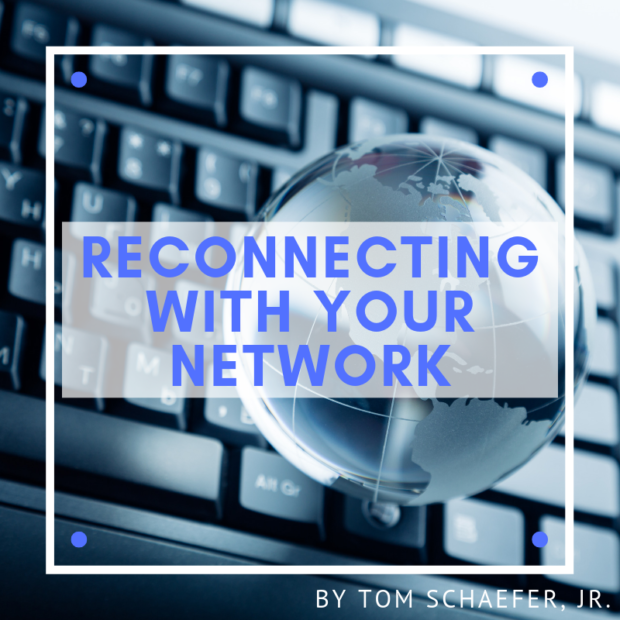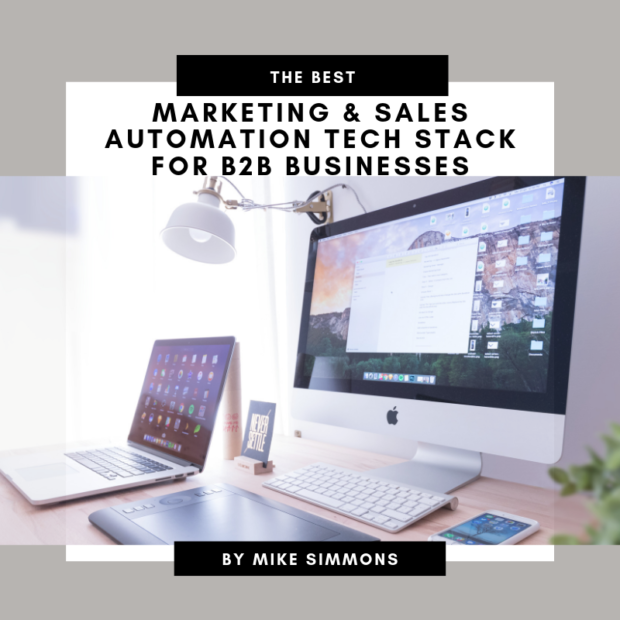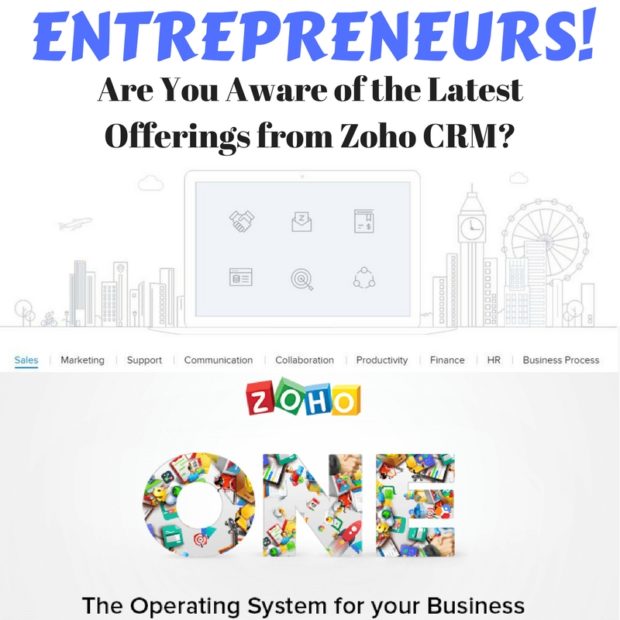The restaurant and brewery industries are ones that COVID-19 has hit hardest as customers have literally been ordered to stay away from these establishments for months now. However, this does not mean that it is impossible to find ways to profit. Here are 3 ways to boost your restaurant and brewery marketing during COVID-19.
Update Your Online Assets
Your customers still want to eat your food and by now, they are most likely tired of cooking from home. They’re wondering whether you’re open and how they might benefit from one of your meals. Let your audience know how they can order from you by updating the following assets:
- Website
- Social media platforms
- Google My Business
We have seen various methods of still serving customers, including curbside pickup, carryout, and home delivery. Update your website so it’s immediately clear that you’re open and offering one of these solutions. Provide your new hours and any specials that may be offered to help families in need during the pandemic.
Social media accounts can help highlight any new specials that you may be offering. Provide encouraging stories that point followers to the easiest way to get your food. In the “About” tab, make sure to reflect these added specials, new hours, and delivery methods.
Update these same changes on your Google My Business page so anyone looking you up online or in Google Maps discovers your new ways of doing business.
Be Empathetic About COVID-19
You know where every single one of your customers is right now. You know what each person is thinking because you are going through the same thing. You understand their fears and concerns about the future. Provide them empathy and comfort by personifying your business as much more than a business, but as people too. Marketing is not simply advertising; it is sharing your story with customers about why you are a business they should align themselves with.
You may fear that you’re taking advantage of a negative situation, but if you show value, customers will come. If you do it correctly, then you can become a shining light of hope for you customers.
Help customers understand that it’s acceptable to celebrate even during a pandemic. They simply should do so safely by social distancing. Help them understand that you’re here to provide comfort food and celebratory food to brighten their day a bit.
Offer Something Other Than Food & Beverages
We already know that margins are small in the food and beverage, so focus efforts on developing other avenues for revenue. Get creative and ask yourself what else you can offer. For example, how can you use gift cards or merchandise to increase overall profit during COVID-19?
Offer incentives for customers to purchase gift cards to give away to friends and family. It helps increase your revenue immediately and gets more awareness into the community that you’re open for business. In addition to giftcards, you can sell merchandise via an online store on your website.
There’s no need to see your restaurant or brewery suffer during COVID-19 if you get creative and proactive about your marketing. Don’t go on the defensive. Get on offense and become an inspiration for your local community.
